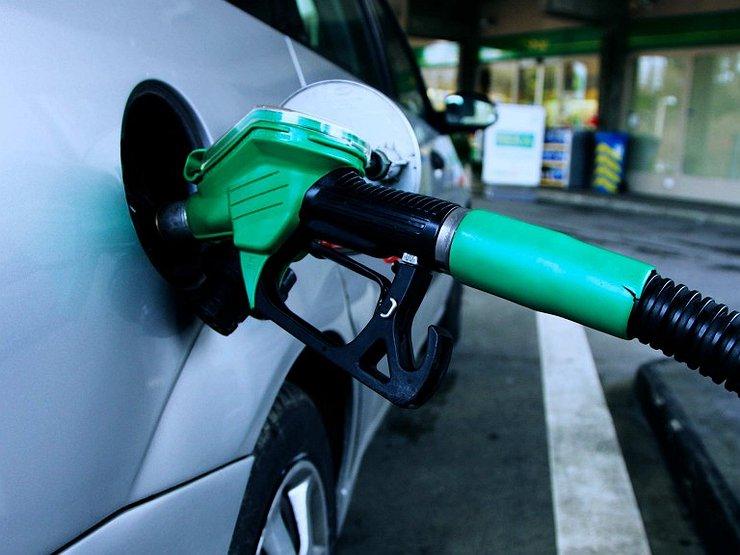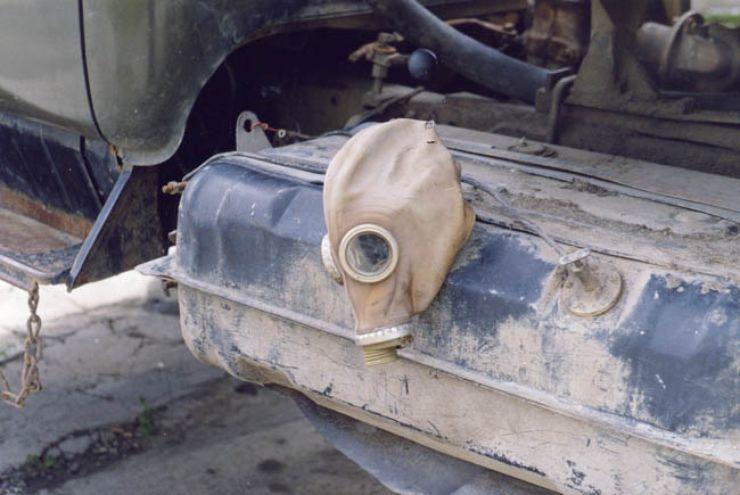
What happens to the engine if you accidentally pour water into the gas tank
A lot of horror stories “walk” on the Internet about water in the fuel tank and how to remove it from there. However, it is far from always necessary to immediately panic and get upset when you find moisture in gasoline or diesel fuel.
If you insert the phrase "water in the gas tank" into the line of the Internet browser, the search will immediately return hundreds of thousands of links to recipes for removing it from there. But is this liquid in the fuel really deadly? If you believe the horror stories from the Internet, the water from the gas tank, firstly, can get into the fuel pump and cause it to fail. Secondly, it can start corrosion of the internal surfaces of the gas tank. And thirdly, if moisture gets through the fuel line to the engine, then boom - and the end of the engine.
First of all, let's agree that in practice only a small amount of water can get into the fuel tank. Of course, a particularly talented citizen, purely theoretically, is able to attach a garden hose to the neck. But in this material we do not consider medical diagnoses. Water is heavier than gasoline or diesel fuel, and therefore immediately sinks to the bottom of the tank, displacing the fuel up. The fuel pump, as you know, is installed in the tank just above the bottom - so that it does not suck in any dirt that accumulates below. Therefore, he is unlikely to be destined to “take a sip of water”, even if several liters of it accidentally fall into the neck. But if this happens, then it will not suck in pure H2O, but its mixture with gasoline, which is not so scary.

In many modern cars, tanks have long been made not from metal, but from plastic - as you know, rust does not threaten him by definition. Now let's touch on the most interesting thing - what will happen to the engine if the gas pump still starts to gradually draw water from the bottom and drives it mixed with fuel to the combustion chamber? Nothing special will happen.
Simply because in this case, water will enter the cylinders not in a stream, but in atomized form, like gasoline. That is, there will be no water hammer and broken parts of the cylinder-piston group. This happens only if the car “sips” liters of H2O through the air intake. And sprayed by injection nozzles, it will instantly turn into steam in a hot combustion chamber. This will only benefit the motor - when the water evaporates, the cylinder walls and the piston will receive additional cooling.
The harmlessness of water in the engine is also evidenced by the fact that automakers periodically create engines “running on water”, the share of which in gasoline sometimes reaches 13%! True, the practical use of water in fuel has been recorded so far only on sports cars, the idea will not reach the mass car industry. Despite the fact that on single models in peak engine operating modes, adding water to gasoline and saving fuel made it possible, and significantly increased engine power.

